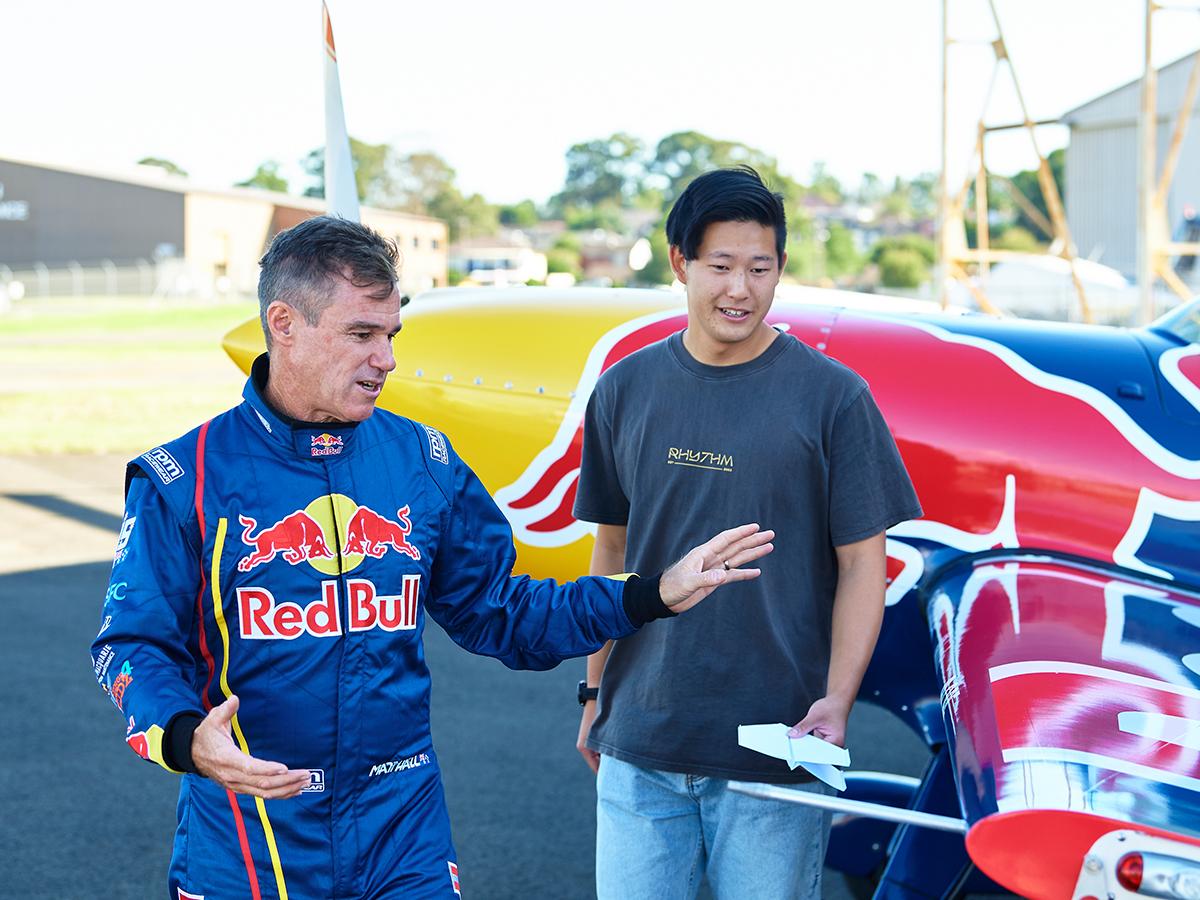
INTERVIEW: Ex-Fighter Pilot and a Paper Plane Expert Share Their Paths to Unexpected World Titles

Published:
Readtime: 12 min
Every product is carefully selected by our editors and experts. If you buy from a link, we may earn a commission. Learn more. For more information on how we test products, click here.
It’s amazing what a piece of paper will get you. While the one framed and hanging above Matt Hall’s desk reads Red Bull Air Race World Champion, engineering student Cameron Clark’s is folded up and origami-ed into a piece of fine art. And yet, while the two Aussies would appear to share little in common, they’re far more alike than may think and Red Bull is proving it. Through the iconic brand’s Paper Wings event, we learned that big and small aircraft require a similar level of poise.
In the event, contestants from around the globe are invited to test their skills and creativity in a paper plane competition spanning three disciplines – Distance, Longest Airtime and Aerobatics. The annual event took a hiatus over the past couple of years due to COVID, but in 2022 Red Bull Paper Wings has made a comeback. Currently, paper pilots are gearing up to compete in one of the 490 qualifiers in 62 countries all vying for a spot at the world championship event later this year. In the spirit of unconventional aviation, we met up with reigning Red Bull Paper Wings Airtime World Champion, Cameron Clark and the reigning Red Bull Air Race World Champion, Matt Hall on an overcast afternoon at Bankstown Airport in Sydney. Chatting with the two Aussie world champions about their unexpected ascent to global success in their respective fields of aviation, we learned a little more about their unique pathways to the top.
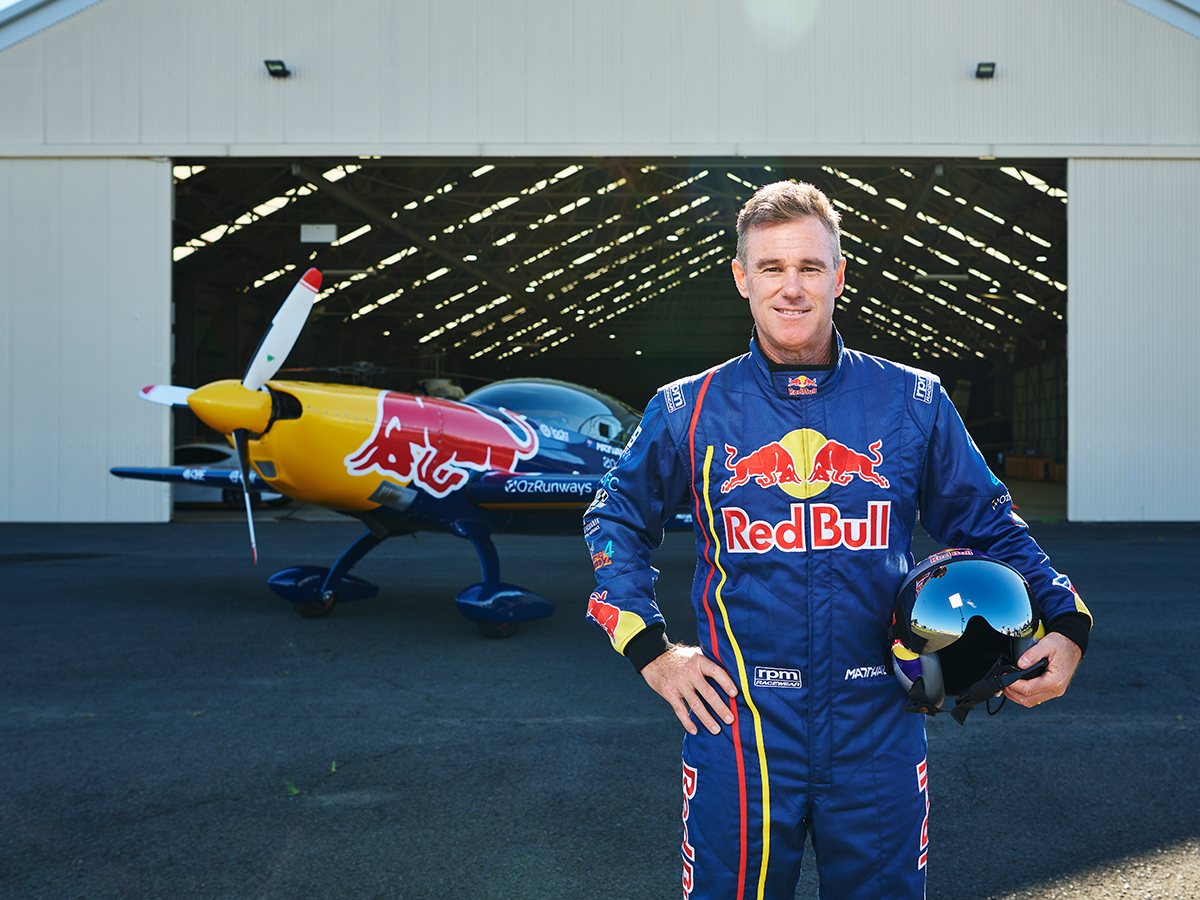
Matt Hall
Matt Hall is the reigning Red Bull Air Race world-title holder and a judge of the 2022 Red Bull Paper Wings Aerobatics.
I understand you started flying when you were quite young, where did your passion for flight and aviation begin?
Basically, I grew up with aviation. My granddad was a pilot in World War II and then my dad became a pilot when he was a teenager, based on his dad. Naturally, as a kid, I was always dragged along to airfields and fell in love with flying. So, I knew from a very young age that I was going to be a pilot.
What was your path from knowing that you wanted to be a pilot to becoming a pilot?
I started training at 14. I got my licence in gliders when I was 15 and then started flying ultralights. After that, hang gliders. Then I ended up converting all that to a powered licence all before I was 18. From there, I joined the Air Force as a pilot and flew jet fighters all around the world. I ended up transitioning from my military career into being a race pilot.
Flying jet fighters in the Air Force is obviously one of the most coveted positions that you can be awarded as a pilot. What was that journey like?
A lot of hard work because it is a very coveted position, so it’s in demand. When I went through it was just after the first Top Gun movie came out—it was the job to have. Everyone wanted to be like those guys in Top Gun. I was told for my intake for my Air Force pilot’s course, there were 16,000 applicants. They took only 20 of us and only eight of us passed! It just shows what a tough environment it was and how much effort was required—and that was just to get your wings. Then you had to do all your fighter training and your conversion onto the F-18. Plus, all the other stuff that goes with that as well.
You transitioned from the military now through to Red Bull Air Race, but I understand you’ve done a lot of different things in between. What was that transition like after your career in the military?
It was quite an eye-opener, because in the military everything’s supplied. You work hard and everything, but your staff and your support crew are trained and supplied by the Air Force. Your equipment is supplied by the Air Force. Your training is supplied by the Air Force.
Whereas, as a race pilot, I all of a sudden had to become a businessman. I had to recruit my own people. I had to train my own people. I had to buy my own equipment. I had to travel the world being my own marketing manager. So, it was quite a steep learning curve.
But what did carry through very, very well was the discipline I learned from the Air Force. I knew how to focus, be on top of my own game and perform at the highest standard possible when under pressure. When you’re going into combat, you learn how to just go and do it, without being concerned about the result. Applying those learnings from the military into my racing and the competition gave me a significant advantage.
I suppose in the military, there’s rank and file—following orders and that kind of thing. But you’re also in the air, flying and reacting to certain situations. You’re doing all these maneuvers which require an element of creativity and adaptability that comes with it, right?
That’s right. In the military, everything is pre-planned—all the flights are pre-planned and everything is disciplined. But always, with all aviation, once you’re airborne it’s the captain’s decision on what you do next. With fighters, things are happening really quickly. You might be going out to do dogfighting, and that’s exactly what you’re going to do—but the actual what’s going to happen on the dogfight, it’s very reactive and you’re doing it in the heat of the moment. So, that side of things is very much the same as racing.
I treat all my flying very much like being in the military—every time I’m getting airborne, it’s for a purpose. We know what we’re going to do, what rules we’re going to follow. But the actual flying itself is very reactive to the environment I’m presented.
So, you’ve flown gliders, fighter jets and I’m guessing a whole number of different types of planes?
That’s right—I’ve got a commercial helicopter licence as well.
You’ve flown all these different aircraft and now you’re also getting involved with the Red Bull Paper Wings. Tell us about that.
Well, I think anything that flies is great.
I grew up, like all kids that become pilots, making paper planes. At some point, you start to refine them—you learn your favourite design that can either go the fastest or furthest or do the best manoeuvres. But in my day, it never went further than that. It’s just your own personal thing that you’d have your favourite design, you’d have the mark that you stood on at home and you’d see how far you could get it to fly. Or, see if you could make it do a loop and land.
Nowadays, there’s a competition. How good is that? I always say competition puts the spice in life. Because if you’re not competing, what’s the incentive to get better? Competing with yourself, competing against somebody, competing—whatever it is! It’s that thing where you go, “Hey, someone’s done this. I wonder if I can beat that?” And you try and improve.
So, I think it’s so great Red Bull Paper Wings is out there. It encourages people to get into aviation. It shows people how to learn how aircraft fly, what the controls do—because you’re putting ailerons, elevators and rudders on these paper planes. I was first involved in it probably about three or four years ago, and this year I’m getting a bit more involved in the game with Red Bull to help both promote it and reward past winners.
You and probably all of the winners in the Red Bull Paper Wings competition have become world champions at something you’d probably never have dreamed you’d become world champions in. When you think back to your younger self, did you ever think you’d be a world champion at something?
No, I didn’t. And you know, I always thought I’d put my all into whatever I did and I always thought I’d try and be the best pilot I could be. But my definition of being the best pilot I could be was being a fighter pilot. If you’re a fighter pilot, you go, “that is the definition of the best you can be.” But not only did I do that, I was the dux of my Hornet course, my Air Force course and my Top Gun course—which to me at the time was like, “well, that’s amazing. I’ve achieved those things.” But then I still didn’t think of being a world champion in an aviation activity. That type of thing didn’t start coming around until the mid-2000s.
I thought, well maybe I should take my military skills and transition them into a civilian competition. I just didn’t know what to do. The Red Bull Air Race happened to appear at about the time I was having these thoughts. So, I entered into the Red Bull Air Race in its early years with the purpose of becoming a world champion, which I did.
And as you say, I look back now, and I often think of what would I say to young Matt Hall? I’d give him a pat on the shoulder and say, “mate, put all the effort in right now, because it is worth it in the end. You will be a world champion and you’ll achieve everything you want to achieve.”
So, it’s really nice to be able to look back and see personally, where I came from and where I’ve ended up. For all these Paper Wings contestants, it’s another opportunity for another world champion in aviation that thankfully doesn’t have all of the costs involved that I’ve had to go through as a racing pilot.
Final question. When you think back to your younger self, as you were inspired by the Top Gun films, who was your favourite character?
Mav. He was the king of the show. I must admit that when the movie was released—I was about 15 or 16—I went out and bought myself a pair of Ray-Bans and a set of dog tags, and started telling everyone I was going to be a fighter pilot. I was laughed at a lot—”there’s no way, dude, you can be like that guy on the big screen”. But in the end, I went and did it! It’s pretty cool that a movie can inspire you like that.
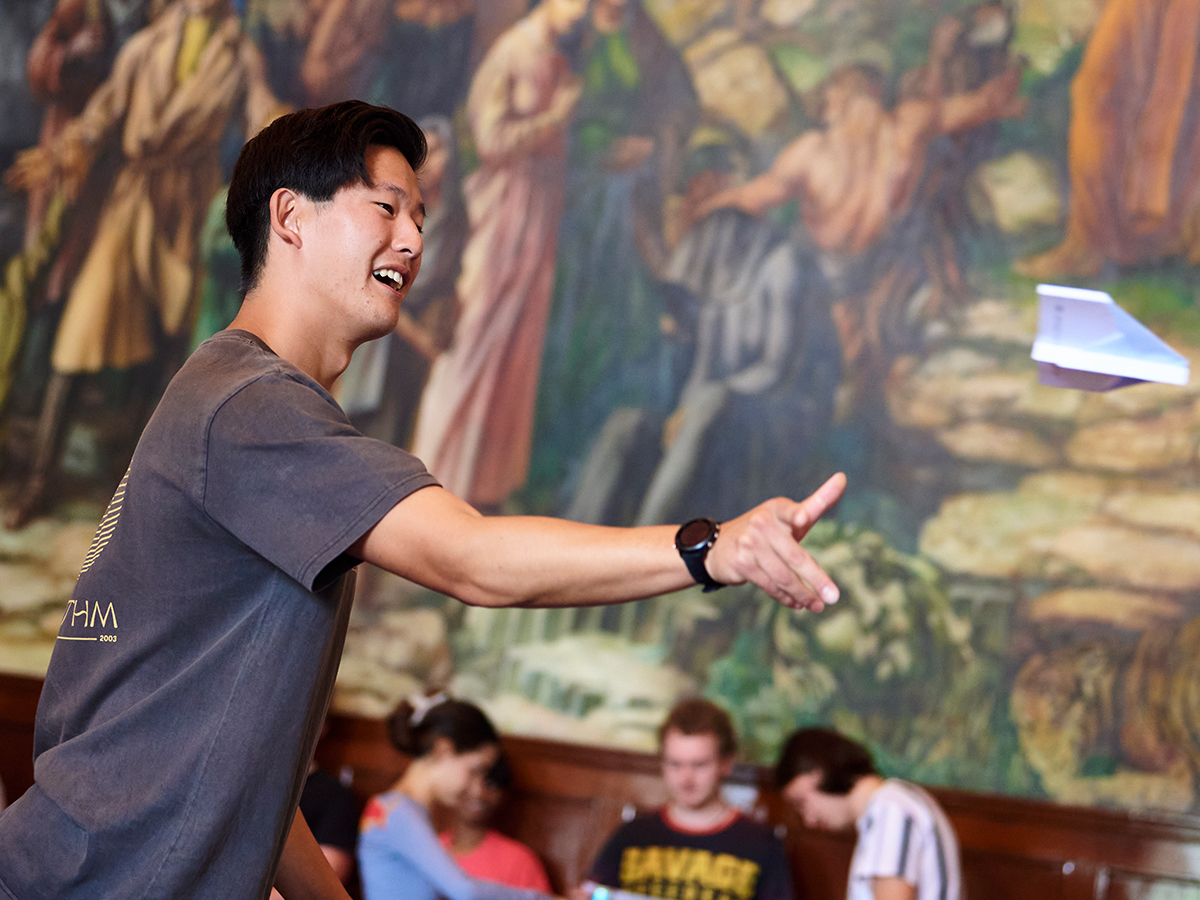
Cameron Clark
Cameron Clark is the reigning (2019) Red Bull Paper Wings champion for Longest Airtime.
First of all, what’s your background and how did you get involved with Red Bull Paper Wings?
I’m studying architectural engineering at Swinburne University which is where I stumbled across Red Bull Paper Wings.
In terms of stumbling across it and then making the decision to actually enter, what were you expecting of it? Were you serious about winning? Were you just doing it for a bit of fun? What was your mindset going into?
No. I wasn’t serious about it whatsoever. I was going into it like, “oh sweet, some free Red Bull and I get to throw a few paper planes in between classes.” I never thought it would’ve led to going overseas, competing internationally and then winning. It entered just for a bit of fun.
What was the competition process like? Was there a regional comp and then you went onto the international comp?
It happens at a national level first. You have qualifying events—they take everyone’s time there, everyone’s distance, whatever it may be. Then the best for each category progress to the international comp.
What was the atmosphere at the world championships like?
It was the best. I got to meet so many different people from around the world and just bond over paper planes.
In terms of the paper plane designs, were people using modifications on standard designs or were they coming up with completely their own thing?
Everyone ended up having quite similar designs and silhouettes but they all had unique little modifications which made them different from one another. We all came in with our own modifications and tactics. Obviously, you chat to each other and you bounce ideas off each other, but at the same time you want to keep them pretty close.
Was there anyone who was super protective of their paper plane IP?
Yeah, I think everyone had to be. I didn’t see it personally, but I heard stories of people grabbing other competitors’ designs and having a peek. When you throw the planes, they go all over the place and then you have to go collect them. I ended up scribbling on the wing of my plane with a pen to make it easier to find and just to differentiate it from others.
So, you’re now a world champion. Does that feel weird to reflect on yourself as a world champion?
Definitely—three years later, it still feels crazy to say it. It comes up almost every other week in my life still. The people around me still talk about it. It’s a real great conversation starter for sure. It’s coming to the time that you are going to have to try and defend your title. Are you confident that you can claim your second victory?
I’m confident, yes. But also, it’s just a huge uncertainty whether or not you’ll get through or someone else will come out and throw better than you. It’s all comes down to your two throws and what can do on the day. If someone else can win the world title then that’d be awesome too.
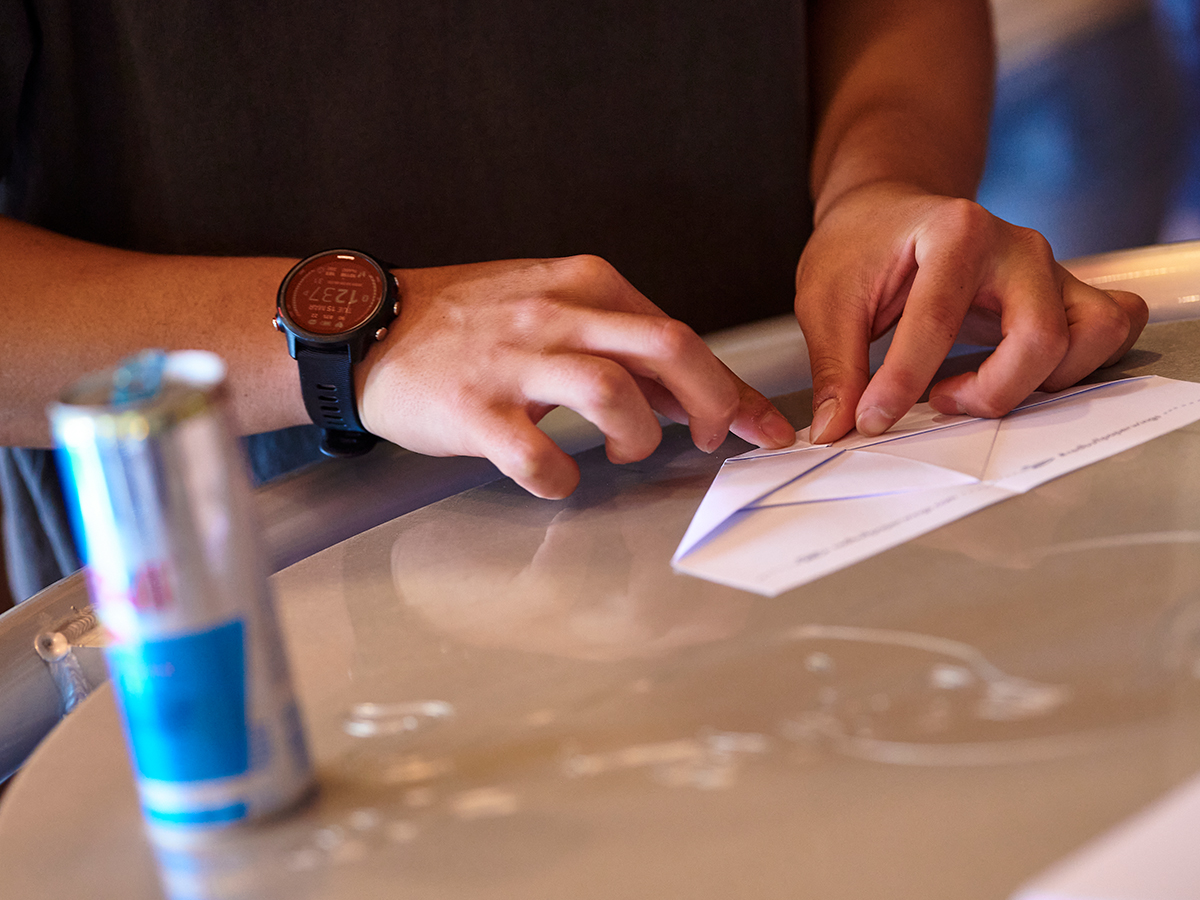
Red Bull Paper Wings Qualifiers
Think you’ve got a worthy paper plane design? Red Bull Paper Wings are qualifiers are being hosted around the globe. These events are open to the public to enter with national winners of the Distance and Airtime categories earning a spot at the world finals later this year.

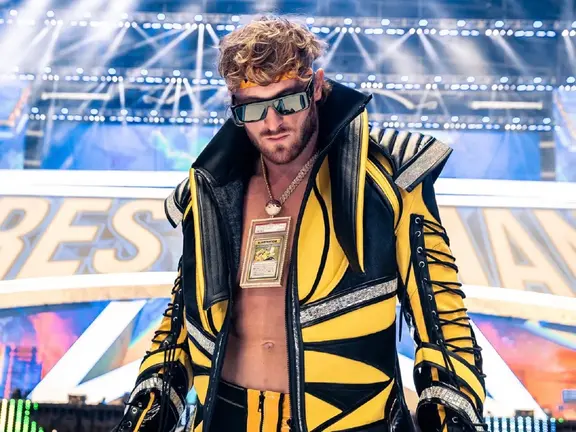











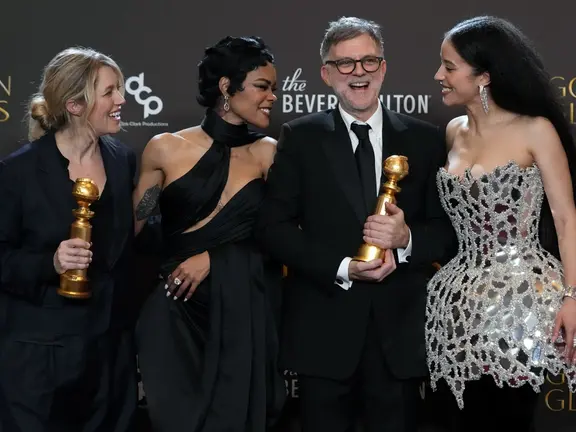







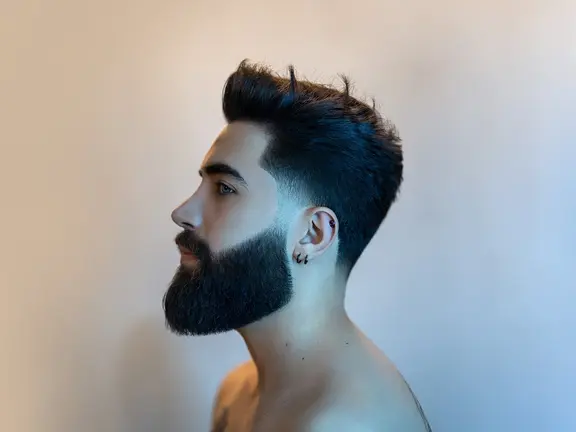


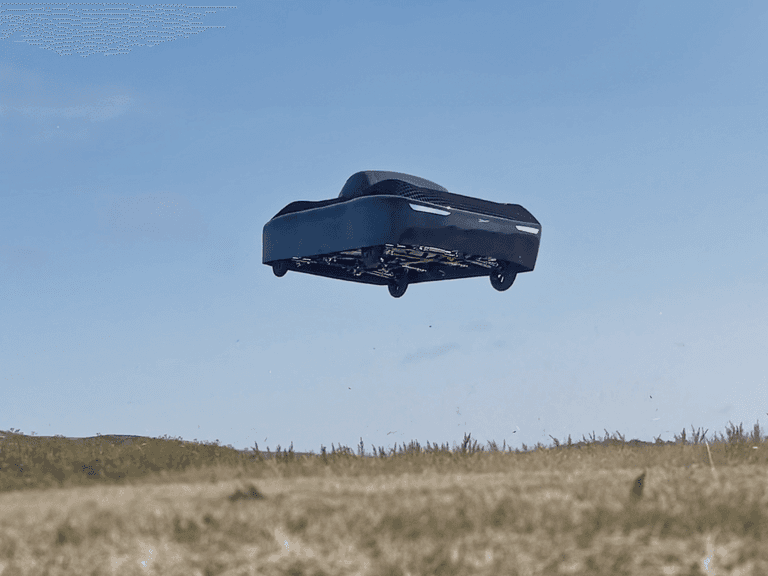





Comments
We love hearing from you. or to leave a comment.